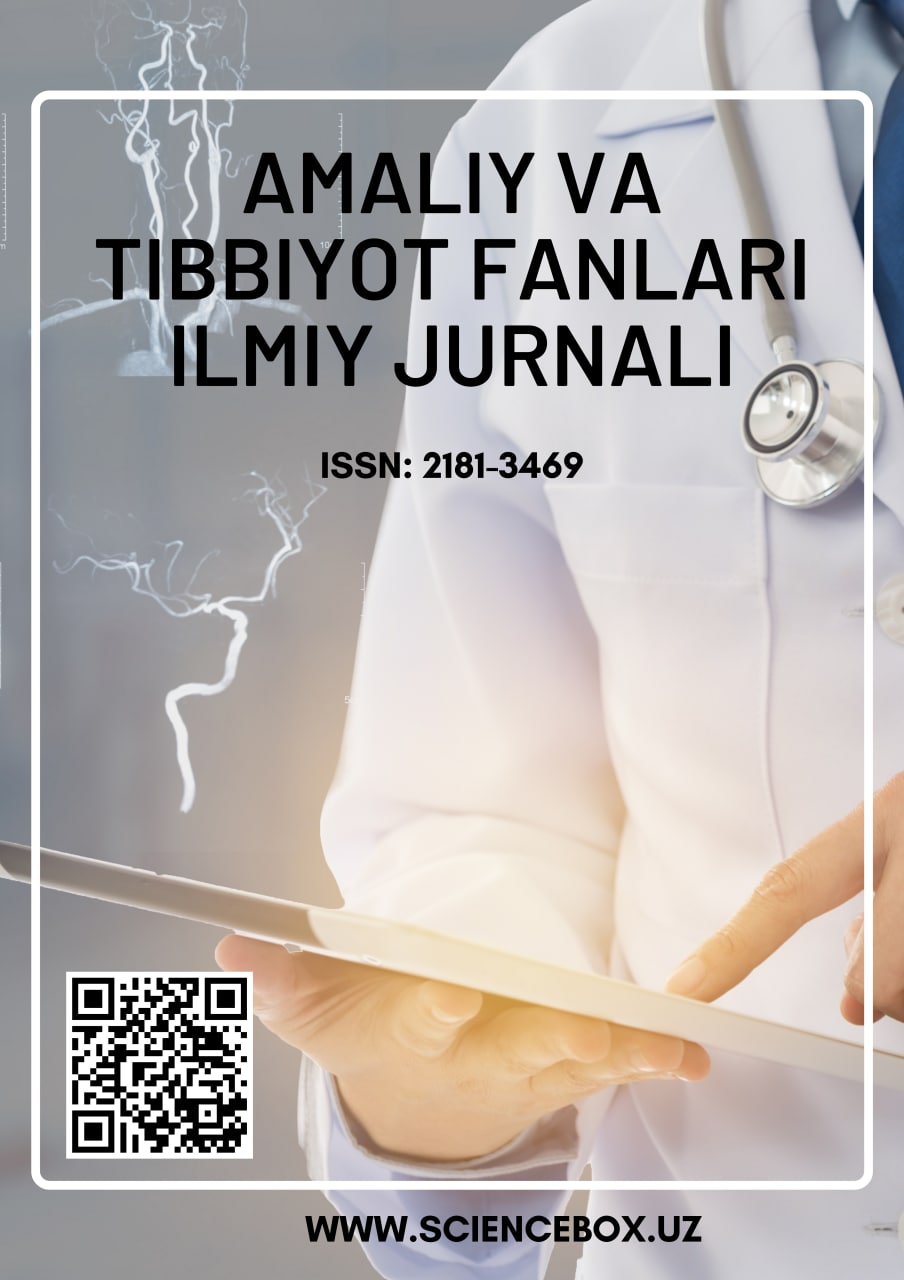ONLINE CLASSES: AN EFFECTIVE LEARNING ENVIRONMENT AT THE GOVERNMENT SCHOOLS IN AMPARA DISTRICT
Keywords:
online learning, learning environment, online platform, technologyAbstract
This study explores the online learning environment for Sri Lankan students, emphasizing the consequences of digital learning in the face of infrastructural and socioeconomic constraints. Understanding the effects of online learning in various educational environments, such as Sri Lanka, is crucial given its fast worldwide spread, which has been further accelerated by the epidemic. The study looks at how students' learning experiences, academic achievement, and general well-being have changed as a result of the move to online instruction. It examines several aspects of online education, including socioeconomic inequality, teacher readiness, internet connectivity, and technological availability. The study uses a mixed-methods approach to investigate the potential and problems associated with online teaching in Sri Lanka. It includes surveys, interviews, and data analysis. In order to improve the efficacy and inclusivity of online education programs and eventually progress education in Sri Lanka and comparable contexts, the study aims to identify best practices and obstacles.
References
Berkowitz, R., Moore, H., Astor, R. A., & Benbenishty, R. (2017). A research synthesis of the associations between socioeconomic background, inequality, school climate, and academic achievement. Review of Educational Research, 87(2), 425-469.
Marks, G. N., Cresswell, J., & Ainley, J. (2006). Explaining socioeconomic inequalities in student achievement: The role of home and school factors. Educational research and Evaluation, 12(02), 105-128.
Gillis, A., & Krull, L. M. (2020). <? covid19?> COVID-19 remote learning transition in spring 2020: class structures, student perceptions, and inequality in college courses. Teaching Sociology, 48(4), 283-299.
Beldarrain, Y. (2006). Distance education trends: Integrating new technologies to foster student interaction and collaboration. Distance education, 27(2), 139-153.
Bates, A. T. (2005). Technology, e-learning and distance education. Routledge.
Mathivanan, S. K., Jayagopal, P., Ahmed, S., Manivannan, S. S., Kumar, P. J., Raja, K. T., ... & Prasad, R. G. (2021). Adoption of e-learning during lockdown in India. International Journal of System Assurance Engineering and Management, 1.
Harasim, L. (1996). Online education. Computer networking and scholarly communication in the twenty-first-century university, 203-214.
Zhou, L., Wu, S., Zhou, M., & Li, F. (2020). 'School’s out, but class’ on', the largest online education in the world today: Taking China’s practical exploration during The COVID-19 epidemic prevention and control as an example. Best evid chin edu, 4(2), 501-519.
Zhou, L., Wu, S., Zhou, M., & Li, F. (2020). 'School’s out, but class’ on', the largest online education in the world today: Taking China’s practical exploration during The COVID-19 epidemic prevention and control as an example. Best evid chin edu, 4(2), 501-519.
Lawn, M., & Grek, S. (2012, May). Europeanizing education: Governing a new policy space. Symposium Books Ltd.
Gunawardena, C. N., & McIsaac, M. S. (2013). Distance education. In Handbook of research on educational communications and technology (pp. 361-401). Routledge.
Atkins, D. E., Brown, J. S., & Hammond, A. L. (2007). A review of the open educational resources (OER) movement: Achievements, challenges, and new opportunities (Vol. 164). Mountain View: Creative common.
García-Morales, V. J., Garrido-Moreno, A., & Martín-Rojas, R. (2021). The transformation of higher education after the COVID disruption: Emerging challenges in an online learning scenario. Frontiers in psychology, 12, 616059.
Kneebone, R. (2003). Simulation in surgical training: educational issues and practical implications. Medical education, 37(3), 267-277.
Huang, M. J., Huang, H. S., & Chen, M. Y. (2007). Constructing a personalized e-learning system based on genetic algorithm and case-based reasoning approach. Expert Systems with applications, 33(3), 551-564.
Wright, C. A. (Ed.). (2000). Issues in education and technology: Policy guidelines and strategies. Commonwealth Secretariat.
Warschauer, M., & Matuchniak, T. (2010). New technology and digital worlds: Analyzing evidence of equity in access, use, and outcomes. Review of research in education, 34(1), 179-225.
Donner, J. (2015). After access: Inclusion, development, and a more mobile Internet. MIT press.
Hennessy, S., Harrison, D., & Wamakote, L. (2010). Teacher factors influencing classroom use of ICT in Sub-Saharan Africa. Itupale online journal of African studies, 2(1), 39-54.
Gulati, S. (2008). Technology-enhanced learning in developing nations: A review. The International Review of Research in Open and Distributed Learning, 9(1).
Batidzirai, B., Trotter, P. A., Brophy, A., Stritzke, S., Moyo, A., Twesigye, P., ... & Madhlopa, A. (2021). Towards people-private-public partnerships: An integrated community engagement model for capturing energy access needs. Energy Research & Social Science, 74, 101975.
Woodson, T. S. (2016). Public private partnerships and emerging technologies: A look at nanomedicine for diseases of poverty. Research Policy, 45(7), 1410-1418.
Palloff, R. M., & Pratt, K. (2013). Lessons from the virtual classroom: The realities of online teaching. John Wiley & Sons.
Ali, Z., Ahmad, N., & Sewani, R. (2022). Examining Elementary School Teachers' Professional Proficiencies With Technology Integration and Their Impact on Students' Achievement. Journal of Positive School Psychology, 6(7), 2950-2968.
Bean, J. C., & Melzer, D. (2021). Engaging ideas: The professor's guide to integrating writing, critical thinking, and active learning in the classroom. John Wiley & Sons.
Race, P. (2019). The lecturer's toolkit: A practical guide to assessment, learning and teaching. Routledge.
Prince, M., Felder, R., & Brent, R. (2020). Active student engagement in online STEM classes: Approaches and recommendations. Advances in Engineering Education, 8(4), 1-25.
Conrad, R. M., & Donaldson, J. A. (2011). Engaging the online learner: Activities and resources for creative instruction (Vol. 36). John Wiley & Sons.
Siraju, M., Marsook, M., & Rifky, M. (2023). A comprehensive theoretical evaluation of the university grants commission (ugc) admission policy for undergraduate programs in sri lanka. Прикладные науки в современном мире: проблемы и решения, 2(11), 4-9.
Xiong, Y., & Suen, H. K. (2018). Assessment approaches in massive open online courses: Possibilities, challenges and future directions. International Review of Education, 64(2), 241-263.
Gamini, E. A., & Dissanayake, P. K. M. (2016). Peace, Reconciliation and Development Challenges.
Rifky, M., Dissanayake, K. K., Arshad, S., & Samadiy, M. (2023). The status of higher education institution of Uzbekistan in the international handbook of universities of world higher education database (whed). Science and innovation, 2(Special Issue 13), 493-495.





















